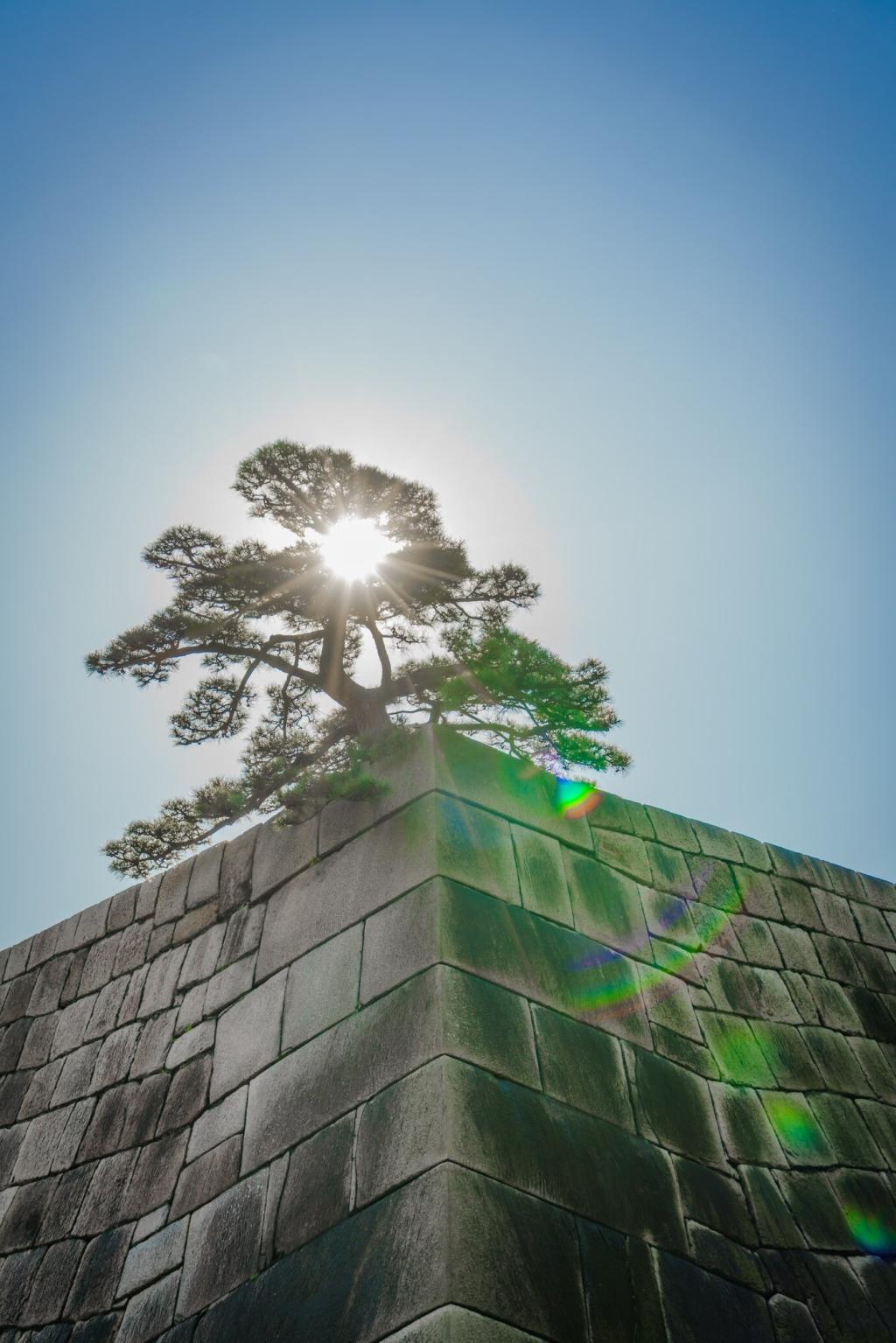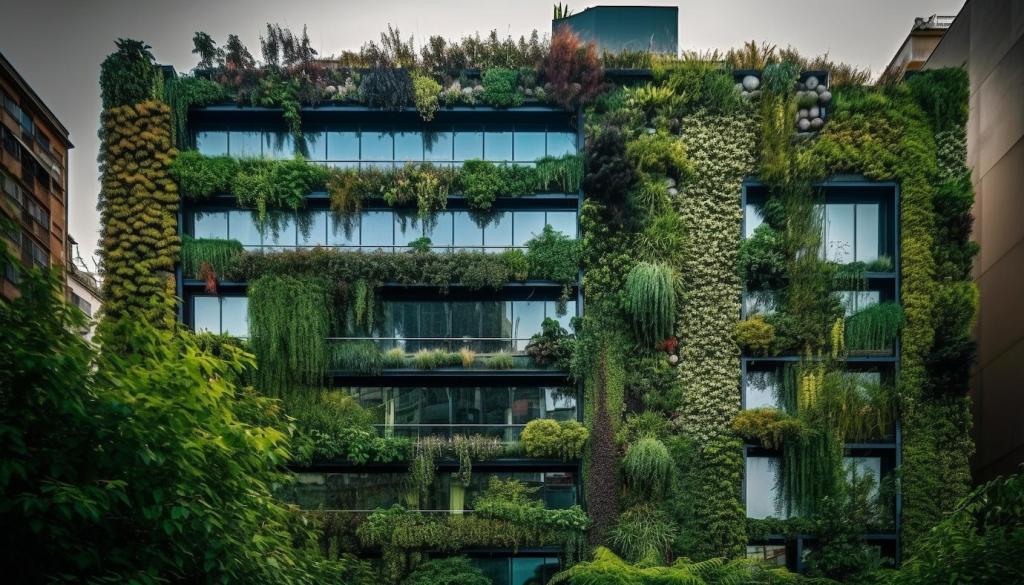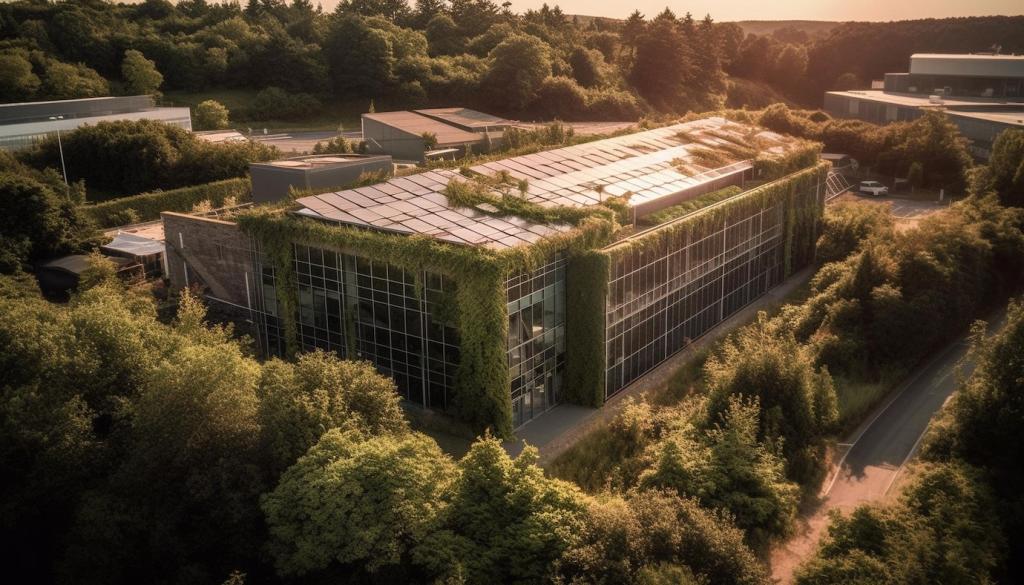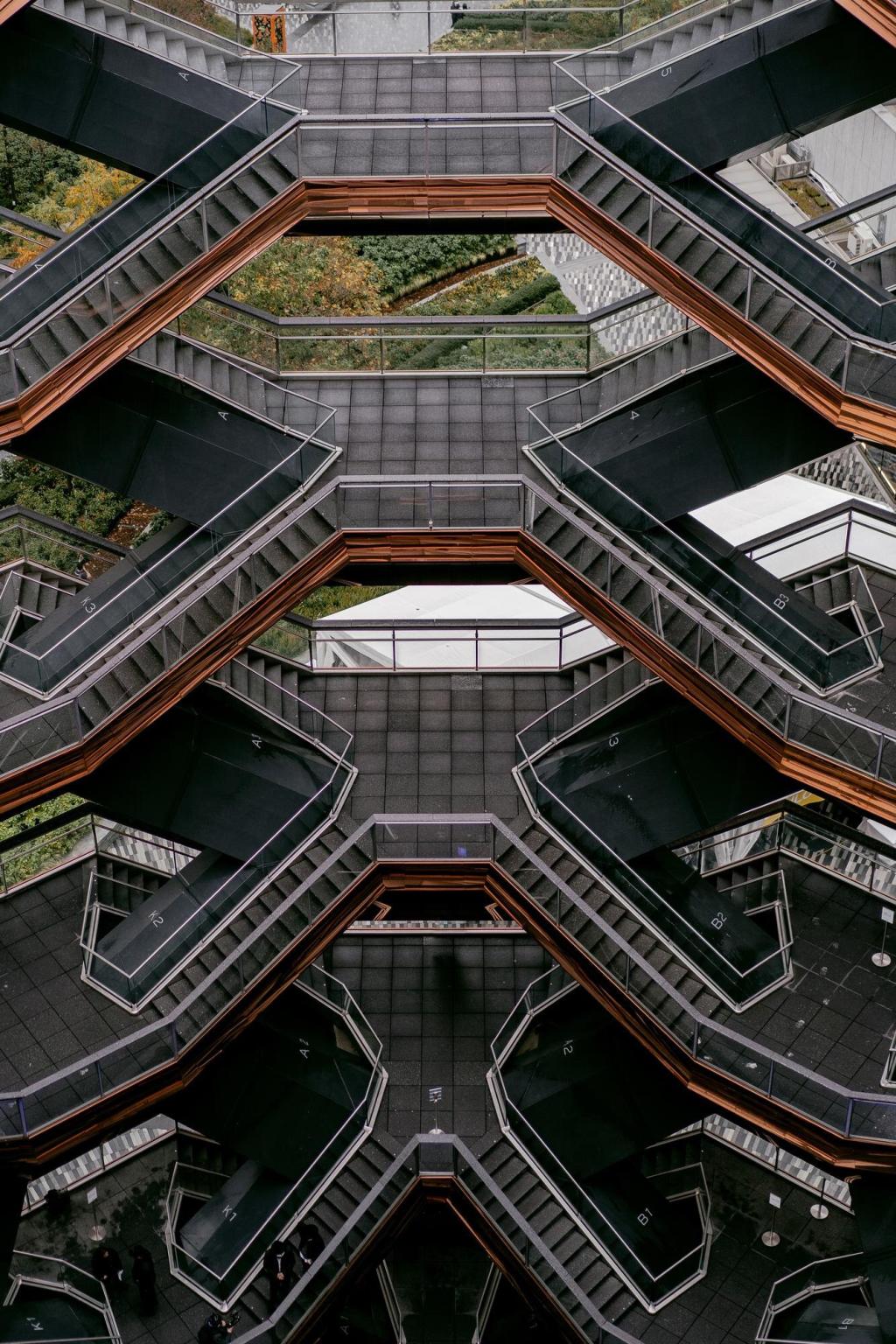Green Urban Planning: Innovations for the Future
Previous
Next
Sustainable Infrastructure Integration
Effective urban water management is central to green urban planning, leveraging smart technologies to streamline water usage, reduce waste, and conserve natural resources. Innovations such as intelligent irrigation systems, real-time leak detection, and greywater recycling help cities maintain a sustainable supply of clean water amid growing demand. Additionally, urban planners are integrating permeable surfaces and urban wetlands to naturally filter stormwater, reducing pressure on sewage systems and mitigating flood risks. By utilizing data-driven solutions and nature-based infrastructure, cities can ensure resilient water systems that support both population growth and ecosystem health.

Urban Forests and Tree Canopies
Urban forests and expansive tree canopies are vital for moderating city temperatures, improving air quality, and enhancing public spaces. The strategic planting of trees along streets, in parks, and on private land creates shaded, cooler environments while absorbing carbon dioxide and pollutants from the air. Well-managed urban forests also support biodiversity by providing habitats for birds and insects, and they offer residents recreational spaces that encourage physical activity and mental well-being. As a living infrastructure, tree canopies are invaluable assets that cities are increasingly prioritizing in their planning and investment decisions.

Green Corridors and Biodiversity Networks
Green corridors interconnect parks, riversides, and other natural spaces, creating pathways for both wildlife and humans throughout urban areas. These networks support species movement, genetic diversity, and ecological resilience, allowing urban biodiversity to flourish even within densely built environments. For residents, green corridors offer scenic routes for walking and cycling, reducing reliance on cars and encouraging active lifestyles. Their integration requires collaborative planning across neighborhoods and sectors, underscoring the importance of holistic, long-term thinking in city design.

Flood-Resilient Landscapes
Climate change has heightened the risk of urban flooding, prompting cities to rethink how they manage water and landscape their environments. Flood-resilient landscapes include rain gardens, bioswales, and restored riverbanks that absorb and slow runoff, preventing overwhelming surges during storms. These features work with nature, rather than against it, protecting communities while providing attractive, multifunctional public spaces. By embedding these solutions into the urban fabric, cities build natural defenses that limit damage, save costs, and foster a healthier relationship between built and natural environments.

